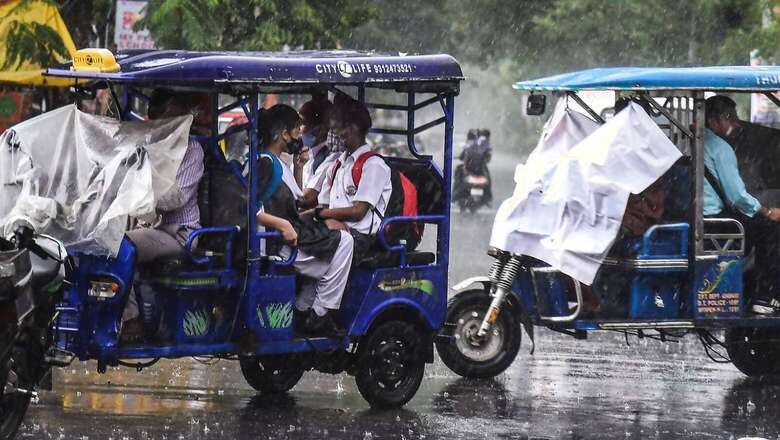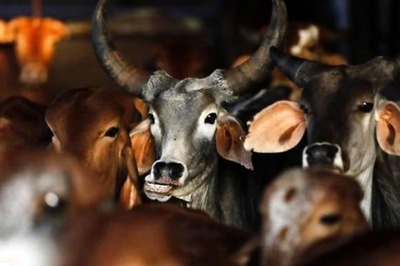
views
A cloud cover over Delhi on Tuesday provided a little relief to the people from the heatwave as the maximum temperature at the Safdarjung Observatory, the city’s base station, dropped below 40 degrees Celsius for the first time this month. The India Meteorological Department (IMD) has predicted light intensity rainfall over and in adjoining areas of isolated places of Delhi-NCR, Haryana, and Uttar Pradesh during the next two hours.
The observatory recorded a maximum temperature of 39.6 degrees Celsius against 43.7 degrees Celsius in the national capital on Monday. The minimum temperature settled at 31.2 degrees Celsius, three notches above normal.
Light intensity rain/drizzle would occur over & adjoining areas of isolated places of West, South-West, South, SE Delhi & NCR (Noida, Dadri, Greater Noida, Gurugram, Faridabad, Manesar, Ballabhgarh) Farukhnagar, Kosali (Haryana) Gulaoti, Siyana, Sikandrabad (UP) during next 2 hrs— ANI (@ANI) June 14, 2022
The IMD predicted that consecutive western disturbances and lower level easterlies in the coming days are expected to keep the heat at bay. The weather department has issued a yellow alert, warning of thundershowers or light rain over the next six days. The temperature is likely to drop to 35 degrees Celsius by Sunday.
Since June 1, when the monsoon season starts, Delhi has not recorded any rainfall. Usually, it receives 13.8 mm of rainfall in the first 13 days of the month. Last year, the IMD had forecast that the monsoon would arrive in Delhi nearly two weeks before its usual date. However, it reached the capital only on July 13, making it the most delayed in 19 years.
The capital has recorded a maximum temperature of 42 degrees Celsius and above on 26 days so far this summer season, the highest number of such days since 2012, according to IMD data. In 2012, the city recorded a maximum temperature of 42 degrees Celsius or above on 30 days. The number of such days was 35 in 2010, the highest in the 1951-2022 period, the data showed.
The city has seen six heatwave spells this summer, the deadliest being in mid-May when the maximum temperature soared to 49 degrees Celsius at some places. The latest heatwave spell began on June 2 amid the absence of strong western disturbances and an onslaught of hot and dry westerly winds.
(with inputs from PTI)
Read all the Latest News , Breaking News , watch Top Videos and Live TV here.



















Comments
0 comment